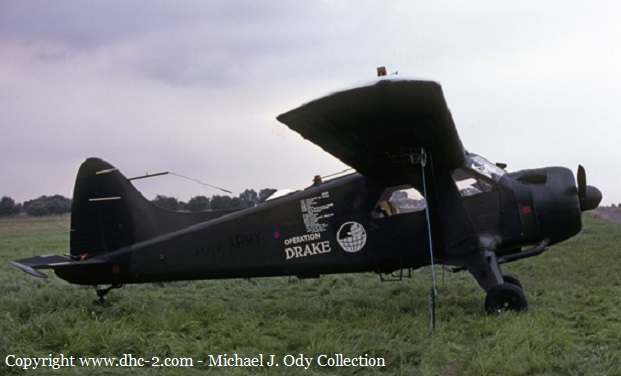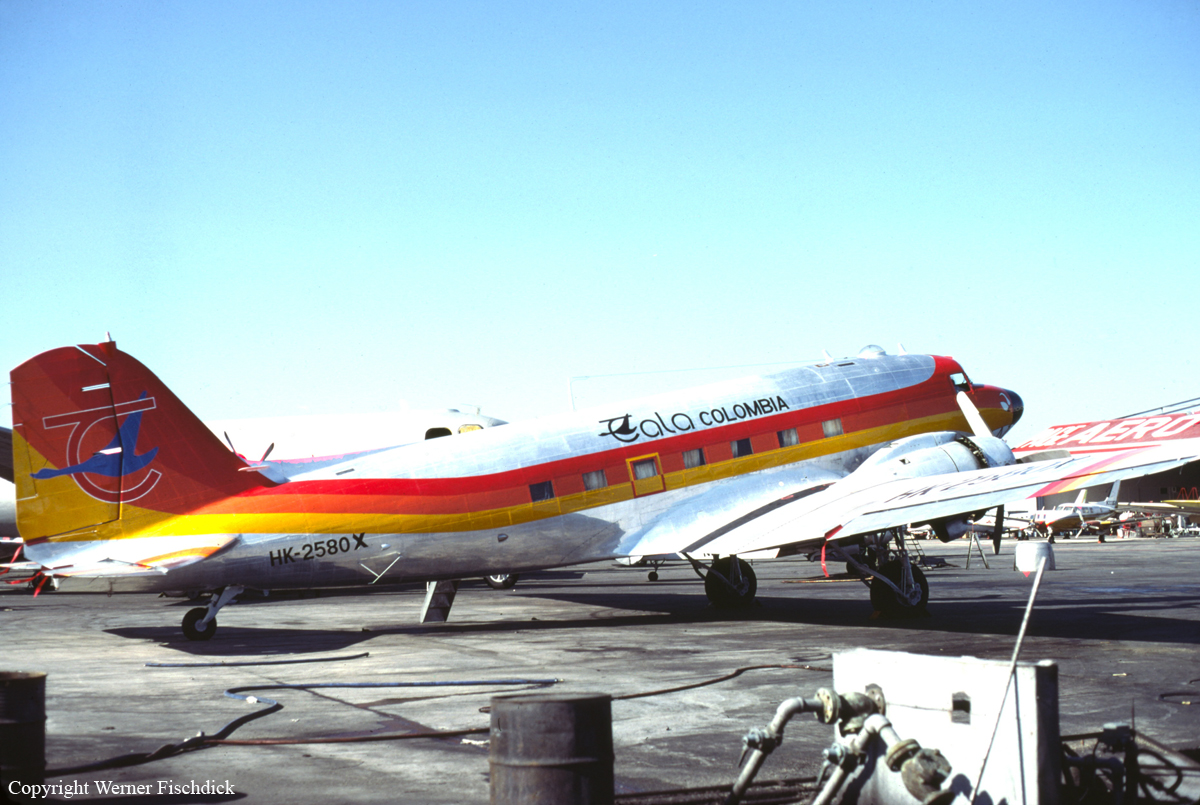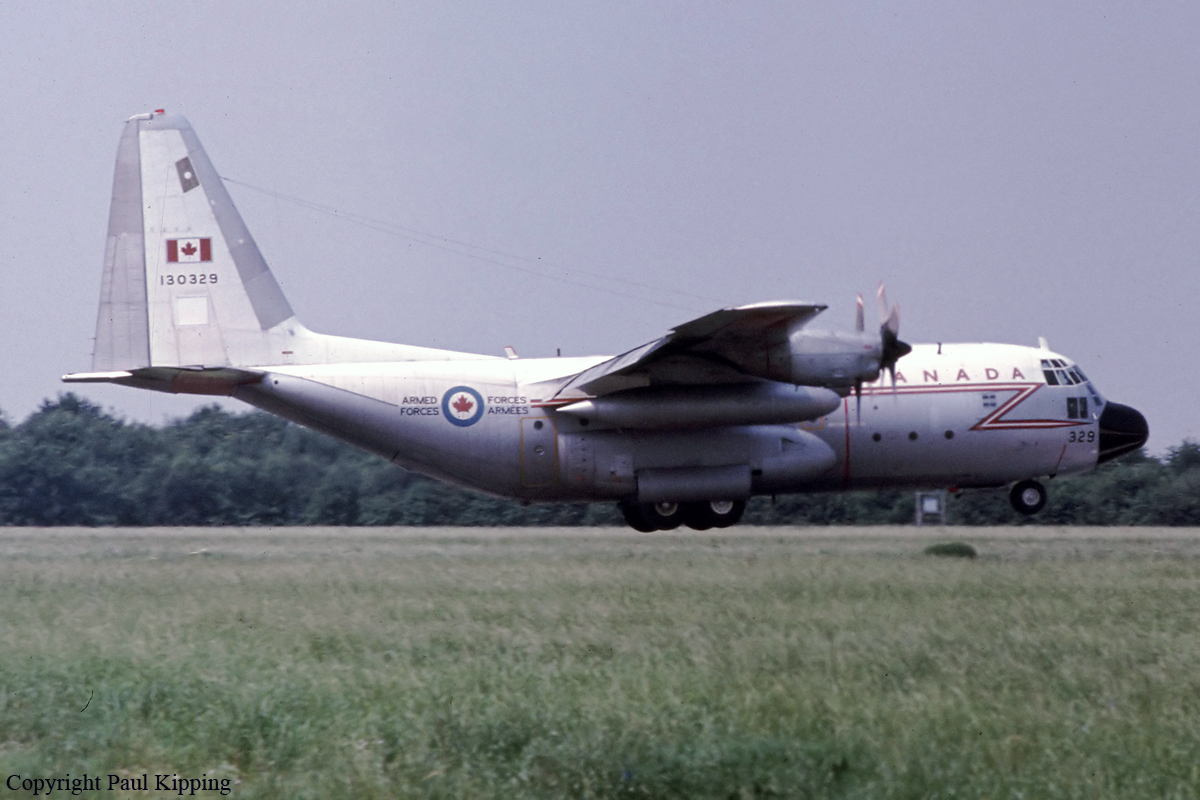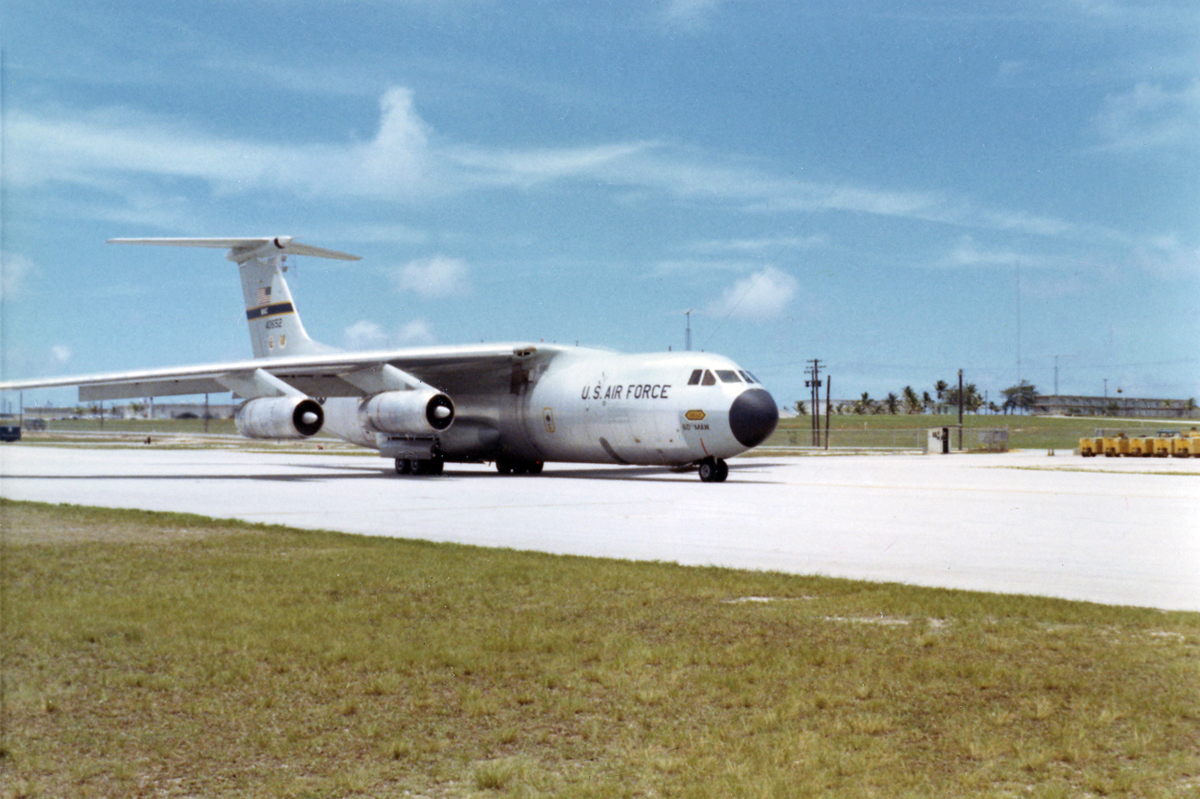Crash of a Boeing 737-2A1C in Manaus: 2 killed
Date & Time:
Feb 22, 1983
Registration:
PP-SNC
Survivors:
No
Schedule:
Manaus - Manaus
MSN:
21187
YOM:
1975
Crew on board:
2
Crew fatalities:
Pax on board:
0
Pax fatalities:
Other fatalities:
Total fatalities:
2
Circumstances:
The crew (one pilot and one instructor) was engaged in a local training flight at Manaus-Eduardo Gomes Airport. After a simulated asymmetrical power takeoff, the airplane encountered difficulties to gain sufficient height. The crew increased engine power but the airplane stalled and crashed in a wooded area located few km from the airfield, bursting into flames. Both pilots were killed. It is believed that the aircraft was on its way to São Paulo Airport, carrying a load of televisions.
Probable cause:
The accident was the consequence of the combination of the following findings:
- Poor flight preparation,
- Lack of crew coordination,
- Failure to follow pre-takeoff procedures,
- Inadequate supervision on part of the instructor.
- Poor flight preparation,
- Lack of crew coordination,
- Failure to follow pre-takeoff procedures,
- Inadequate supervision on part of the instructor.
















